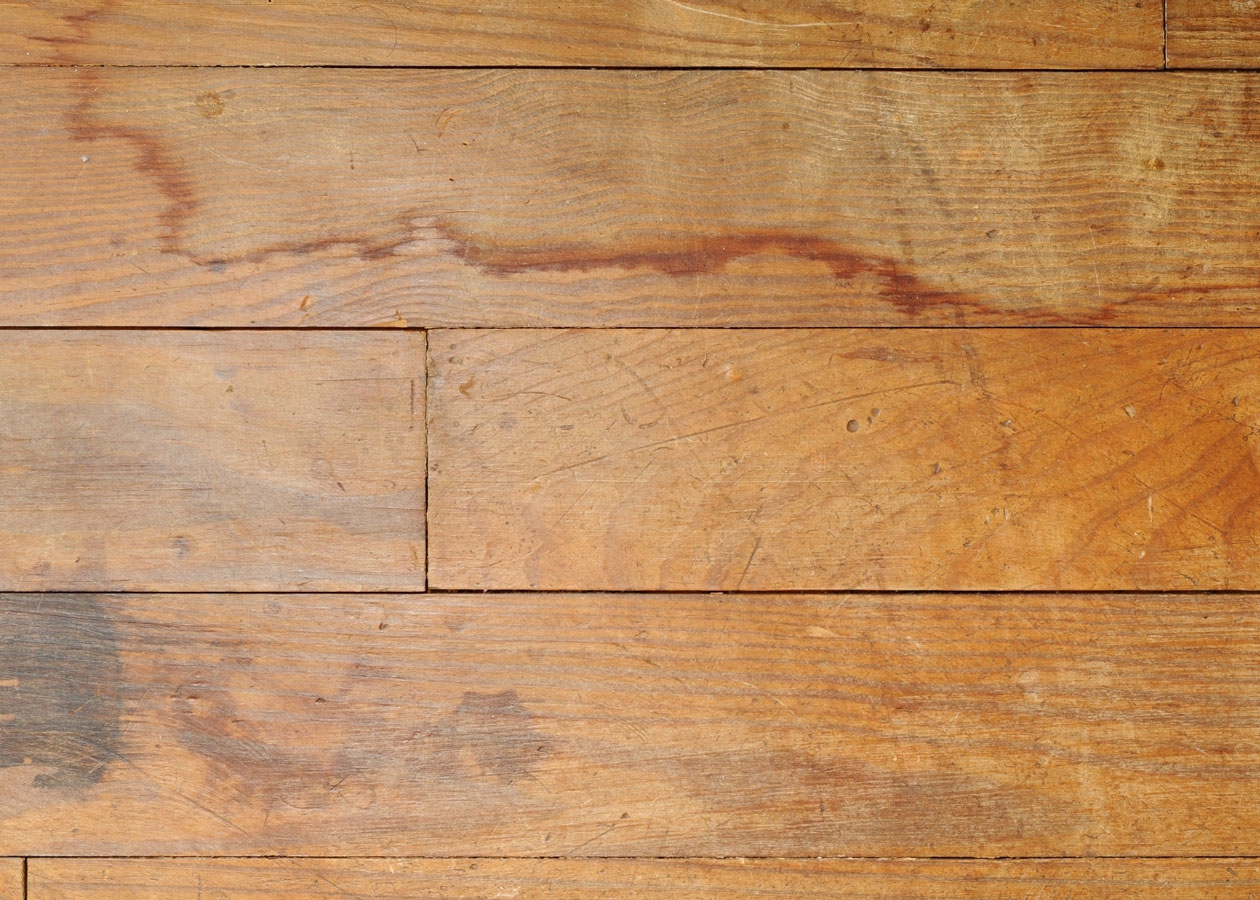

Articles
How To Get Water Stain Out Of Wood Floor
Modified: January 7, 2024
Learn how to effectively remove water stains from your wood floor with these informative articles.
(Many of the links in this article redirect to a specific reviewed product. Your purchase of these products through affiliate links helps to generate commission for Storables.com, at no extra cost. Learn more)
Introduction
Wood floors are not only beautiful and durable, but they can also add warmth and character to any home. However, one common issue that homeowners face with wood floors is water stains. Whether it’s from a spill, a leaky pipe, or even excessive humidity, water stains can leave unsightly marks on your precious wood floors.
If you’re dealing with water stains on your wood floor, don’t despair. There are several methods you can try to effectively remove the stains and restore the beauty of your floor. In this article, we will guide you through the process of getting water stains out of wood floors.
Before we dive into the solutions, it’s important to understand the nature of water stains on wood floors. Water stains can either be white or dark in color, depending on the type of wood and the extent of the damage. White water stains are caused by moisture penetrating the top layer of the wood, while dark stains indicate that the water has seeped deeper into the wood fibers.
Now that we have a better understanding of water stains on wood floors, let’s move on to the necessary supplies you’ll need to have on hand before you start the stain removal process.
Key Takeaways:
- Understanding the nature of water stains on wood floors is crucial for effective removal. White stains are less severe and can be treated with mild solutions, while dark stains require stronger methods and careful attention.
- Preventive measures such as addressing spills immediately, using rugs in high-traffic areas, and controlling humidity levels can significantly reduce the risk of water stains on wood floors, preserving their natural beauty for years to come.
Read more: How To Get Wood Stain Out Of Carpet
Understanding Water Stains on Wood Floors
Before we jump into the methods of removing water stains from wood floors, it’s important to understand the different types of stains and how they occur. This knowledge will help you choose the most appropriate method for stain removal.
1. White Water Stains: These are typically caused by moisture getting trapped between the finish and the wood surface. When the moisture evaporates, it leaves behind mineral deposits that appear as white marks on the wood. White water stains are considered less severe and can often be removed with simple home remedies.
2. Dark Water Stains: When water penetrates deep into the wood fibers, it can cause more long-lasting damage. Dark water stains indicate that the water has reached the lower layers of the wood, causing discoloration and sometimes warping. Unlike white water stains, dark stains are more challenging to remove and may require stronger solutions or professional help.
Regardless of the type of water stain you’re dealing with, it’s essential to address the issue promptly. If left untreated, water stains can lead to further damage, such as mold growth or wood rot.
In the next sections, we’ll guide you through the step-by-step process of removing both white and dark water stains from wood floors. But before we start, let’s make sure you have all the necessary supplies at hand.
Preparing the Necessary Supplies
Before you embark on the process of removing water stains from your wood floor, it’s crucial to gather all the necessary supplies. Having these items ready will ensure a smooth and efficient stain removal process. Here’s what you’ll need:
- Microfiber cloths: These soft, lint-free cloths are ideal for gently cleaning and drying the wood surface.
- Gentle dish soap: Look for a mild dish soap that does not contain harsh chemicals or abrasive ingredients. This will be used for cleaning the stained area.
- Vinegar: White vinegar is an effective natural cleaner that can help remove water stains from wood floors. Make sure you have a bottle of white vinegar on hand.
- Lemon juice: Lemon juice is another natural option for stain removal. Its acidic properties can help break down water stains and restore the wood’s natural beauty.
- Baking soda: Baking soda is a versatile household ingredient that can be used for various cleaning purposes. It can also be used to create a gentle scrub for removing water stains.
- Hydrogen peroxide: This mild bleaching agent can be effective in removing stubborn water stains from wood floors. However, use it with caution and test it on a small, inconspicuous area first.
- Soft-bristle brush: A soft-bristle brush, such as a toothbrush or a small cleaning brush, will be handy for gently scrubbing the stained area.
- Wood stain or sealant: Depending on the severity of the water stain, you may need to consider using a wood stain or sealant to blend the repaired area with the rest of the floor.
Having these supplies ready before you begin will save you from any unnecessary interruptions during the stain removal process. Once you have gathered all the necessary items, you can proceed to the next step – testing a hidden area.
Testing a Hidden Area
Before applying any cleaning or stain removal solutions to the visible areas of your wood floor, it is highly recommended to test them on a hidden or inconspicuous area first. This step is crucial to ensure that the solutions you use do not cause any damage or discoloration to your floor.
Here’s how to properly test a hidden area:
- Select a small, hidden area of the wood floor, such as inside a closet or under a piece of furniture.
- Prepare a small amount of the desired cleaning or stain removal solution according to the instructions.
- Dampen a clean microfiber cloth with the solution and apply it to the hidden area.
- Gently rub the solution into the wood using a circular motion.
- Wait for a few minutes to allow the solution to penetrate the wood.
- Check the area for any signs of damage or discoloration.
If there are no adverse effects, such as changes in color or damage to the wood finish, you can proceed with confidence to use the same solution on the visible stained areas of your wood floor.
However, if you notice any negative effects, stop using the solution immediately and consider trying a different method or seeking professional assistance. Keep in mind that each wood floor is unique, and certain solutions may react differently depending on the type of wood, the finish, or any previous treatments the floor has undergone.
By testing a hidden area, you can avoid potential mishaps and ensure that the solutions you use are safe and effective for your specific wood floor. Once you have successfully tested the solution, you can move on to the next steps, which involve removing the water stains from your wood floor.
Removing Water Stains with Mild Solutions
If you’re dealing with white water stains on your wood floor, there are several mild solutions you can try to effectively remove the stains. These solutions are generally safe to use and are suitable for less severe water stains. Here are a few methods to consider:
- Dish soap and water: Mix a few drops of gentle dish soap with warm water. Dampen a microfiber cloth with the solution and gently scrub the stained area in a circular motion. Be careful not to apply too much pressure, as this may damage the wood finish. After cleaning, dry the area thoroughly with a clean towel.
- Vinegar and water: Create a mixture of equal parts white vinegar and water. Dampen a microfiber cloth with the solution and gently rub the stained area. Vinegar’s acidic properties can help break down the mineral deposits causing the white stains. After cleaning, dry the area completely.
- Lemon juice: Squeeze fresh lemon juice and apply it directly to the white water stain. Let it sit for a few minutes, then gently rub the area with a microfiber cloth. Lemon juice’s acidic properties can help dissolve the mineral deposits. Once cleaned, make sure to dry the area thoroughly.
- Baking soda paste: Create a paste by mixing baking soda with a small amount of water. Apply the paste to the stained area and gently rub it using a soft-bristle brush. Baking soda’s mild abrasive properties can help lift the white stains. After cleaning, wipe away the paste and dry the area completely.
Remember to always work gently and avoid excessively scrubbing the wood surface, as this can cause damage or further discoloration. Additionally, it’s essential to dry the area thoroughly after cleaning to prevent any moisture from seeping into the wood and causing additional water stains.
If these mild solutions do not completely remove the white water stains from your wood floor, you may need to resort to stronger solutions. We will explore these methods in the next section.
Mix equal parts of white vinegar and water, then gently rub the solution onto the water stain with a soft cloth. Wipe dry and repeat if necessary.
Read more: How To Get Pee Out Of Wood Floor
Removing Water Stains with Stronger Solutions
If the mild solutions we discussed earlier were unsuccessful in removing the water stains from your wood floor, you may need to use stronger solutions. Keep in mind that these solutions should be used with caution, as they can be more abrasive and may require additional care to prevent damage to the wood surface. Here are a few methods to consider:
- Hydrogen peroxide: Hydrogen peroxide can be effective in treating stubborn water stains on wood floors. However, it’s important to test it on a hidden area first, as it may have a bleaching effect on certain types of wood. If deemed safe, apply a small amount of hydrogen peroxide directly to the stain and let it sit for a few minutes. Gently scrub the area with a soft-bristle brush, then wipe away any residue with a clean, damp cloth. Make sure to dry the area completely after treatment.
- Oxalic acid: Oxalic acid is a chemical compound that can be used to remove dark water stains from wood floors. It’s important to follow the instructions carefully and wear protective gloves and eyewear when using oxalic acid. Prepare the solution according to the packaging instructions, then apply it to the stained area using a cloth or sponge. Allow it to sit for the recommended time, then rinse the area thoroughly with clean water. Dry the area completely once the stain is removed.
- Furniture refinisher: If the water stain is particularly stubborn and resistant to other methods, a furniture refinisher may be needed. Choose a refinisher that is compatible with your wood floor’s finish and follow the manufacturer’s instructions. Apply the refinisher to the stained area, following the recommended application technique. Be sure to work in a well-ventilated area and take appropriate safety precautions.
When using stronger solutions, it’s crucial to always read and follow the instructions provided by the manufacturer. Additionally, it’s a good idea to work in small sections and monitor the progress closely to prevent any unintended damage to the wood floor.
Once you have successfully removed the water stains, the next step is to address any discoloration or inconsistencies in the affected area. In the following sections, we will guide you on sanding the stained area and reapplying wood stain or sealant.
Sanding the Stained Area
After successfully removing water stains from your wood floor, you may notice that the affected area looks slightly different from the surrounding wood. To restore a seamless and uniform appearance, sanding the stained area can help blend it with the rest of the floor. Here’s how to proceed:
- Gather the necessary supplies: You will need a sanding block or orbital sander, sandpaper with a medium grit (such as 120 or 150), and a vacuum or broom to clean up the dust.
- Prepare the area: Ensure the stained area is clean and free of any debris. Remove any furniture or obstacles to have a clear workspace.
- Sand the stained area: Using the sanding block or orbital sander, gently sand the stained area in the direction of the wood grain. Be sure to apply even pressure and make smooth, overlapping strokes. Avoid excessive sanding, as it can result in a noticeable dip or groove in the floor.
- Check the progress: Periodically stop sanding and wipe away the dust to check the progress. Continue sanding until the stained area is smooth and blends in with the surrounding wood.
- Clean up the dust: Use a vacuum or broom to thoroughly clean up the sanding dust, ensuring that the area is clean and ready for the next step.
Once you have sanded the stained area, it’s important to evaluate the overall appearance of your wood floor. If necessary, you may need to sand and refinish a larger portion of the floor to achieve a consistent look. However, if the stained area has blended well with the rest of the floor, you can proceed to the next step – applying wood stain or sealant.
Keep in mind that sanding can be a delicate process, and it’s essential to exercise caution to avoid damaging the wood surface. If you’re unsure or uncomfortable with sanding, it’s recommended to consult a professional to ensure the best results.
Applying Wood Stain or Sealant
After removing water stains and sanding the affected area, it’s important to restore the natural beauty and protectiveness of your wood floor by applying a wood stain or sealant. This step will not only enhance the appearance of the floor but also provide a layer of protection against future water damage. Here’s how you can apply wood stain or sealant to your floor:
- Select the appropriate product: Choose a wood stain or sealant that is compatible with your specific type of wood floor. Consider factors such as the desired color and level of protection.
- Prepare the area: Ensure the sanded area is clean and free of dust or debris. Use a vacuum or soft cloth to remove any remaining particles.
- Follow the manufacturer’s instructions: Read and follow the instructions provided by the manufacturer of the wood stain or sealant. Pay attention to important details such as application methods, drying times, and recommended number of coats.
- Apply the wood stain or sealant: Using a brush, roller, or cloth, apply a thin and even layer of the wood stain or sealant to the stained area. Work in the direction of the wood grain to ensure a smooth finish. Take care not to apply too much product, as it can lead to uneven coverage or drying issues.
- Let it dry: Allow the first coat of wood stain or sealant to dry completely according to the manufacturer’s instructions. This typically takes several hours or overnight.
- Apply additional coats if necessary: Depending on the desired outcome and the instructions provided, you may need to apply additional coats of wood stain or sealant. Be sure to follow the recommended drying times between coats.
- Finish and protect the entire floor: If you applied a wood stain or sealant only to the affected area, consider applying the same product to the rest of the floor for a consistent appearance and optimal protection.
Once you have applied the wood stain or sealant and allowed it to dry completely, your wood floor should regain its beauty and be better protected against future water damage. It’s important to maintain the floor by regularly cleaning and avoiding excessive moisture or spills.
Remember, if you’re unsure about applying wood stain or sealant yourself, it’s always a good idea to seek professional assistance to ensure the best results and to protect your investment.
Preventing Water Stains on Wood Floors
Now that you have successfully removed water stains from your wood floor and restored its beauty, it’s crucial to take preventive measures to avoid future water damage. By implementing these preventative strategies, you can minimize the risk of water stains and preserve the integrity of your wood floor. Here are some tips to consider:
- Address spills immediately: Accidents happen, but it’s essential to clean up any spills or water immediately. Use a clean, absorbent cloth to blot the area and dry it thoroughly to prevent water from seeping into the wood.
- Use rugs or mats in high-traffic areas: Place rugs or mats in areas of your home that experience heavy foot traffic or are prone to spills, such as entryways, kitchens, and dining areas. This will help protect the wood floor from water damage and scratches.
- Use coasters and protective pads: When placing drinks, potted plants, or furniture on your wood floor, use coasters, felt pads, or other protective materials to prevent water condensation or scratches.
- Control humidity levels: Excessive humidity can cause wood to absorb moisture and potentially lead to water stains. Use a humidifier or dehumidifier to maintain a consistent humidity level in your home, ideally between 35% and 55%.
- Protect against leaks and spills: Regularly inspect and maintain plumbing fixtures, such as faucets, pipes, and appliances, to prevent leaks. Use waterproof mats or trays under plants, pet bowls, and other potentially wet items.
- Maintain a regular cleaning routine: Regularly sweep, vacuum, or dry mop your wood floor to remove dirt, dust, and debris. Avoid using excessive moisture during cleaning and always follow the manufacturer’s guidelines for cleaning products.
- Consider applying a protective finish: Applying a protective finish, such as polyurethane or wax, can create a barrier that helps repel water and prevent stains. Consult with a professional or the manufacturer for the appropriate type of finish for your wood floor.
- Perform regular inspections: Periodically inspect your wood floor for signs of water damage, such as discoloration, warping, or unusual odors. Catching and addressing potential issues early can help prevent more significant damage.
By following these preventive measures and maintaining a proactive approach, you can significantly reduce the chances of water stains on your wood floor and preserve its natural beauty for years to come.
Read more: How To Get Water Stains Out Of Curtains
Conclusion
Water stains on wood floors can be unsightly and frustrating, but with the right knowledge and techniques, you can effectively remove them and restore the beauty of your flooring. By understanding the different types of water stains and utilizing appropriate solutions, you can tackle the problem head-on.
Throughout this article, we’ve discussed various methods to remove water stains from wood floors, ranging from mild solutions to stronger ones when necessary. We emphasized the importance of testing solutions on a hidden area to avoid any unexpected damage and provided a step-by-step guide on sanding the stained area to achieve a seamless finish.
Furthermore, we explored the significance of applying wood stain or sealant to protect your floor and maintain its appearance. We also shared valuable tips on preventing water stains by addressing spills promptly, using rugs and protective pads, maintaining humidity levels, and establishing a regular cleaning routine.
Remember, when it comes to water stains on wood floors, prevention is key. By implementing preventative measures and regular inspections, you can minimize the risk of future water damage and prolong the lifespan of your wood floor.
Finally, don’t hesitate to seek professional assistance if you are unsure about any step in the process or if you prefer to have an expert handle the stain removal and maintenance of your wood floor.
With the knowledge and tips presented in this article, you are well-equipped to successfully remove water stains from your wood floor and maintain its beauty for years to come.
Frequently Asked Questions about How To Get Water Stain Out Of Wood Floor
Was this page helpful?
At Storables.com, we guarantee accurate and reliable information. Our content, validated by Expert Board Contributors, is crafted following stringent Editorial Policies. We're committed to providing you with well-researched, expert-backed insights for all your informational needs.
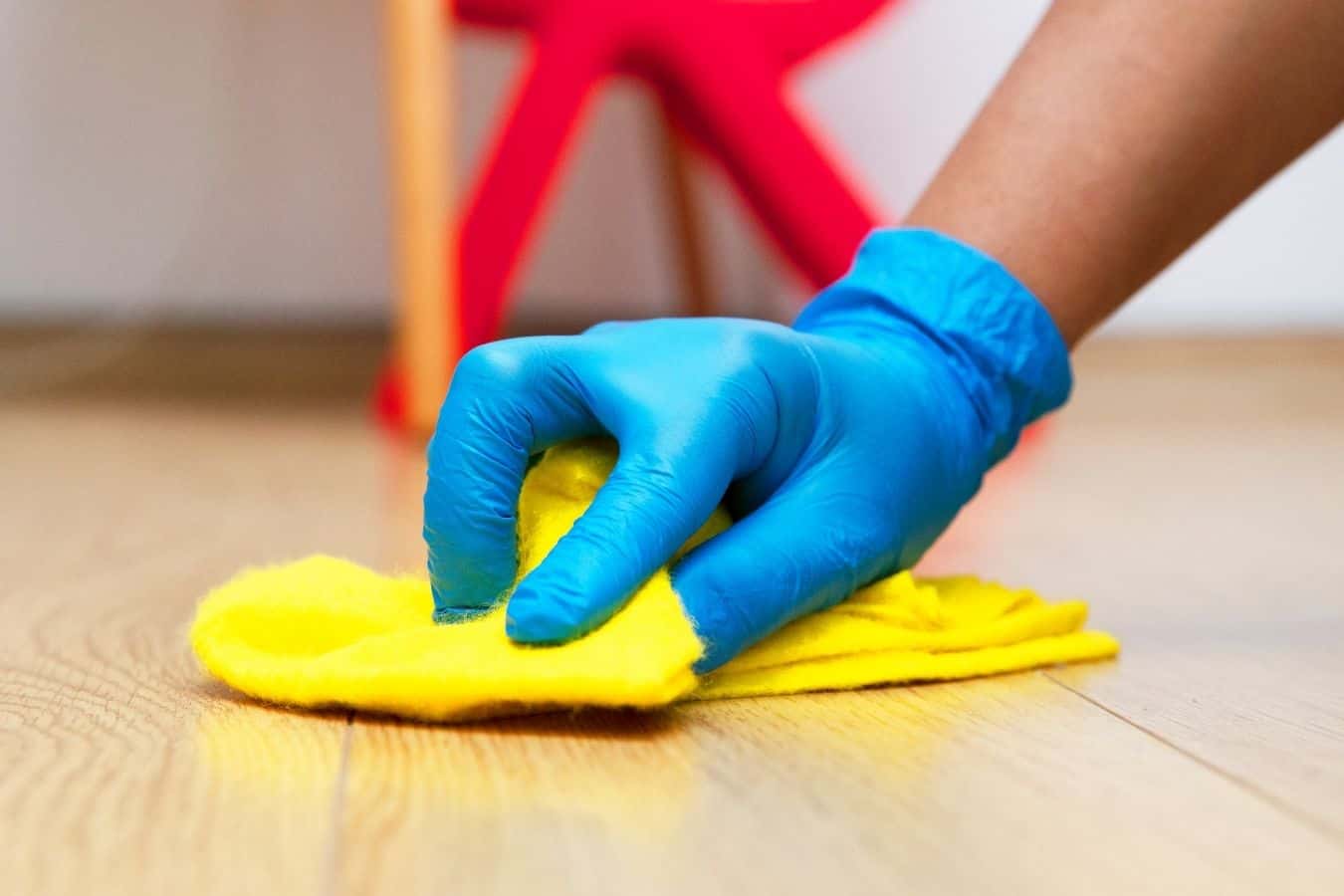
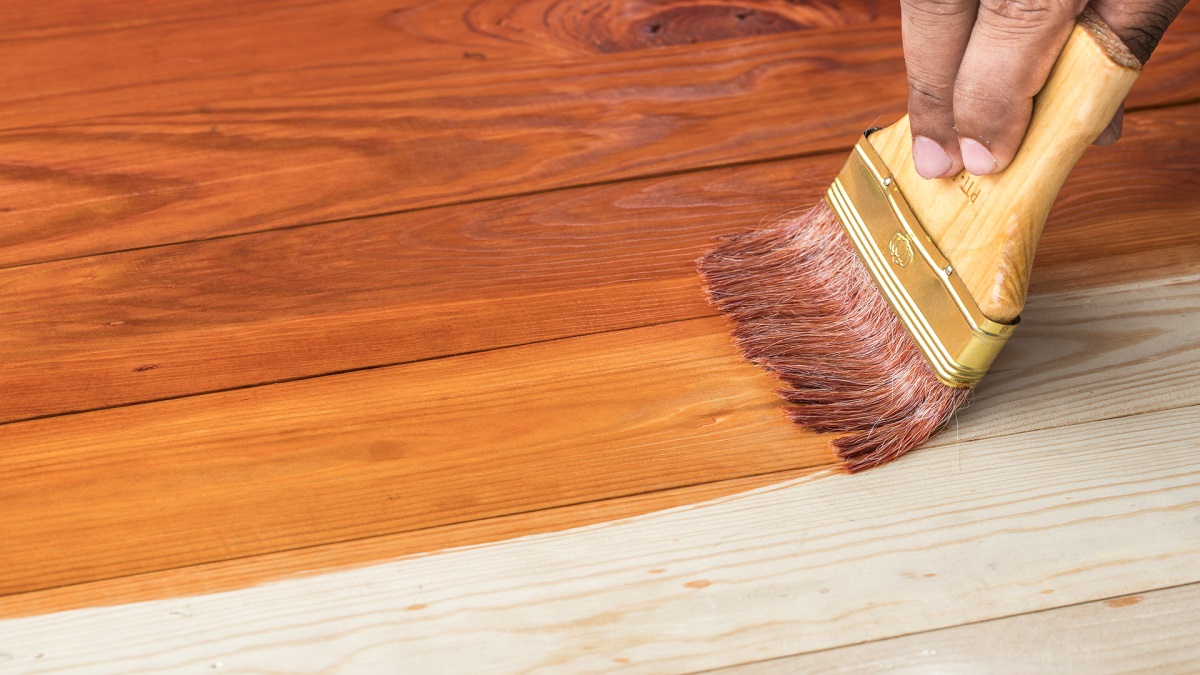
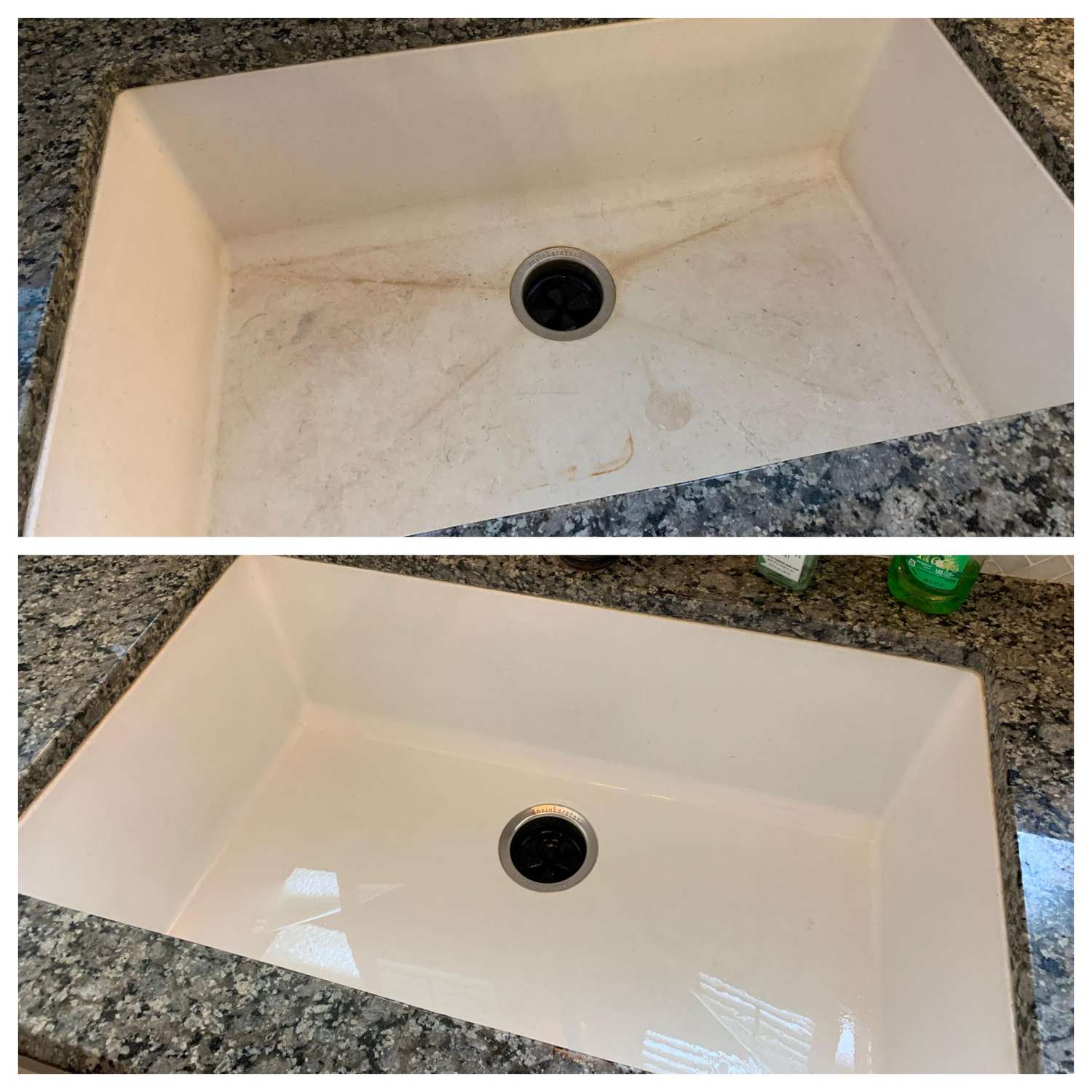
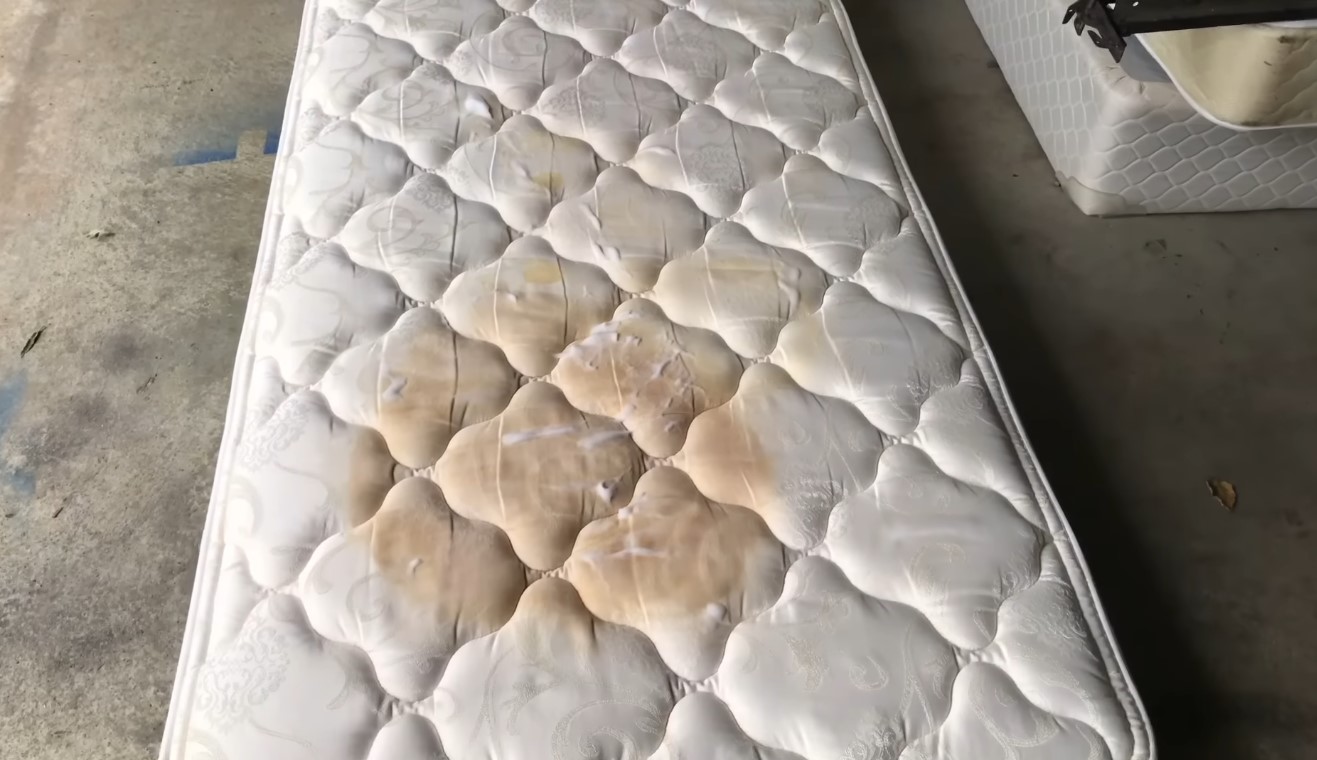
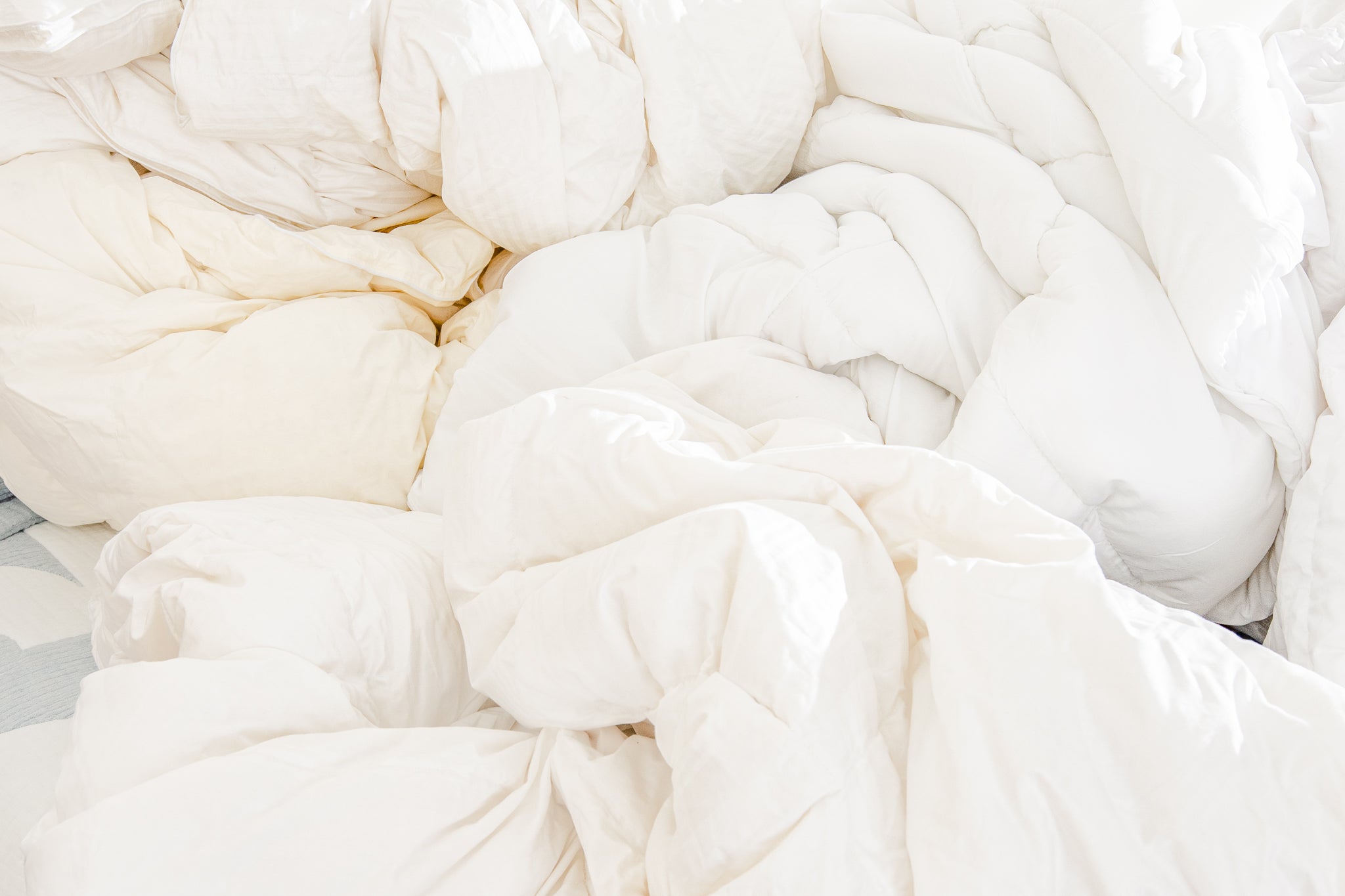
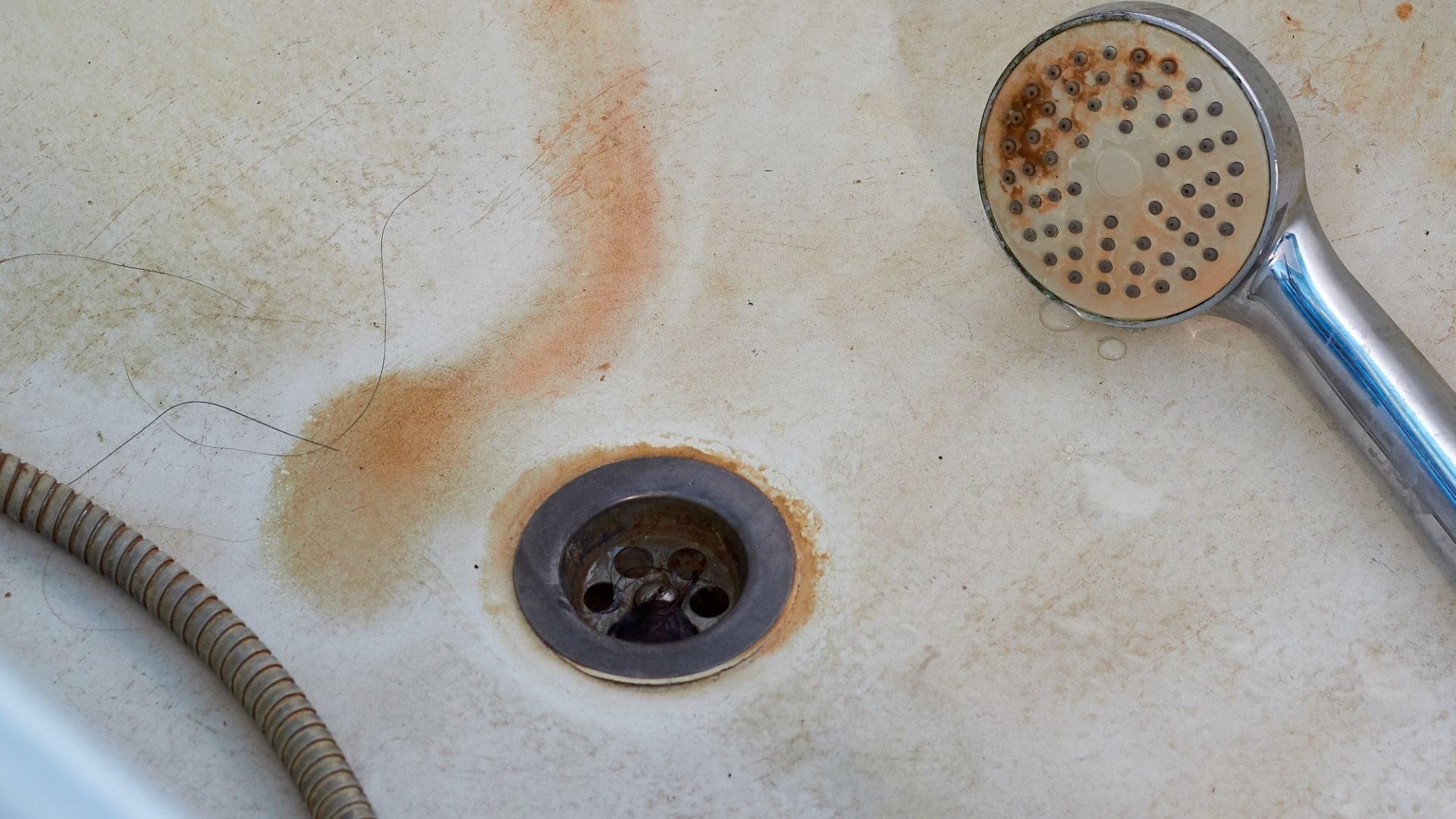
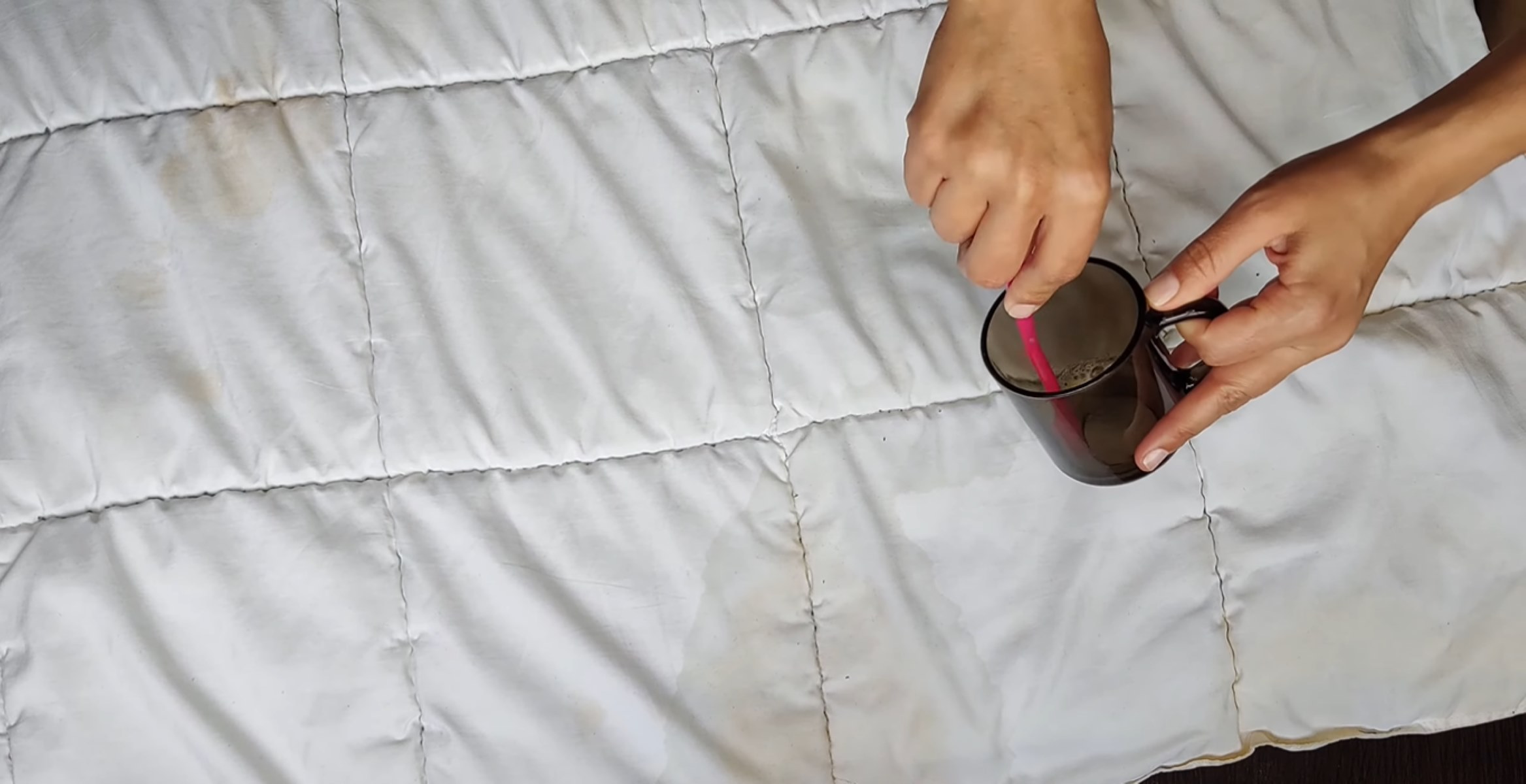
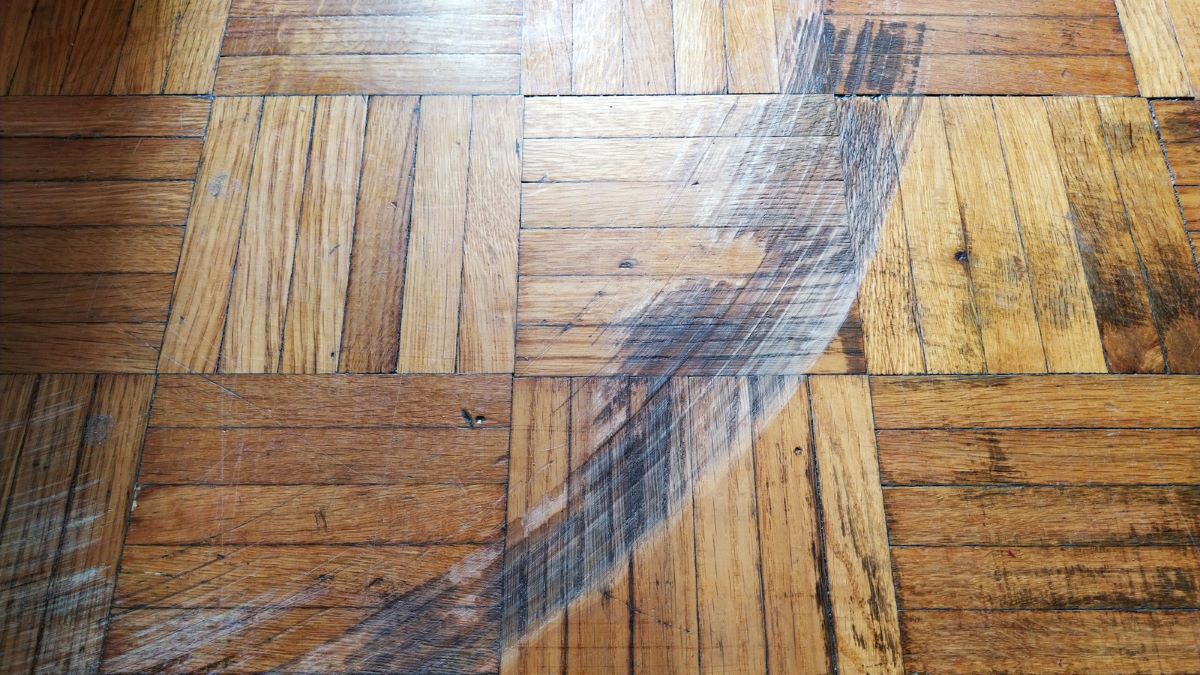
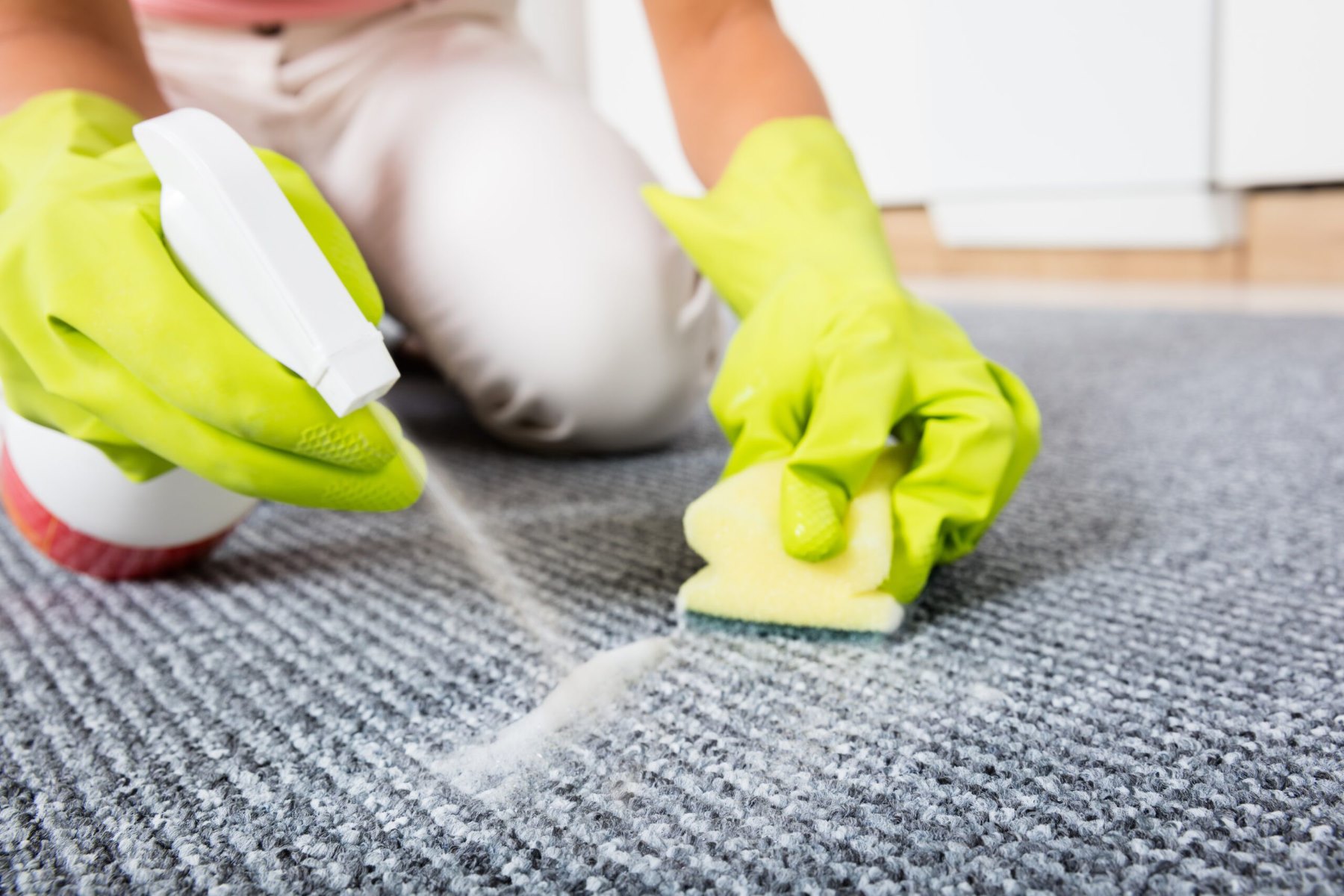
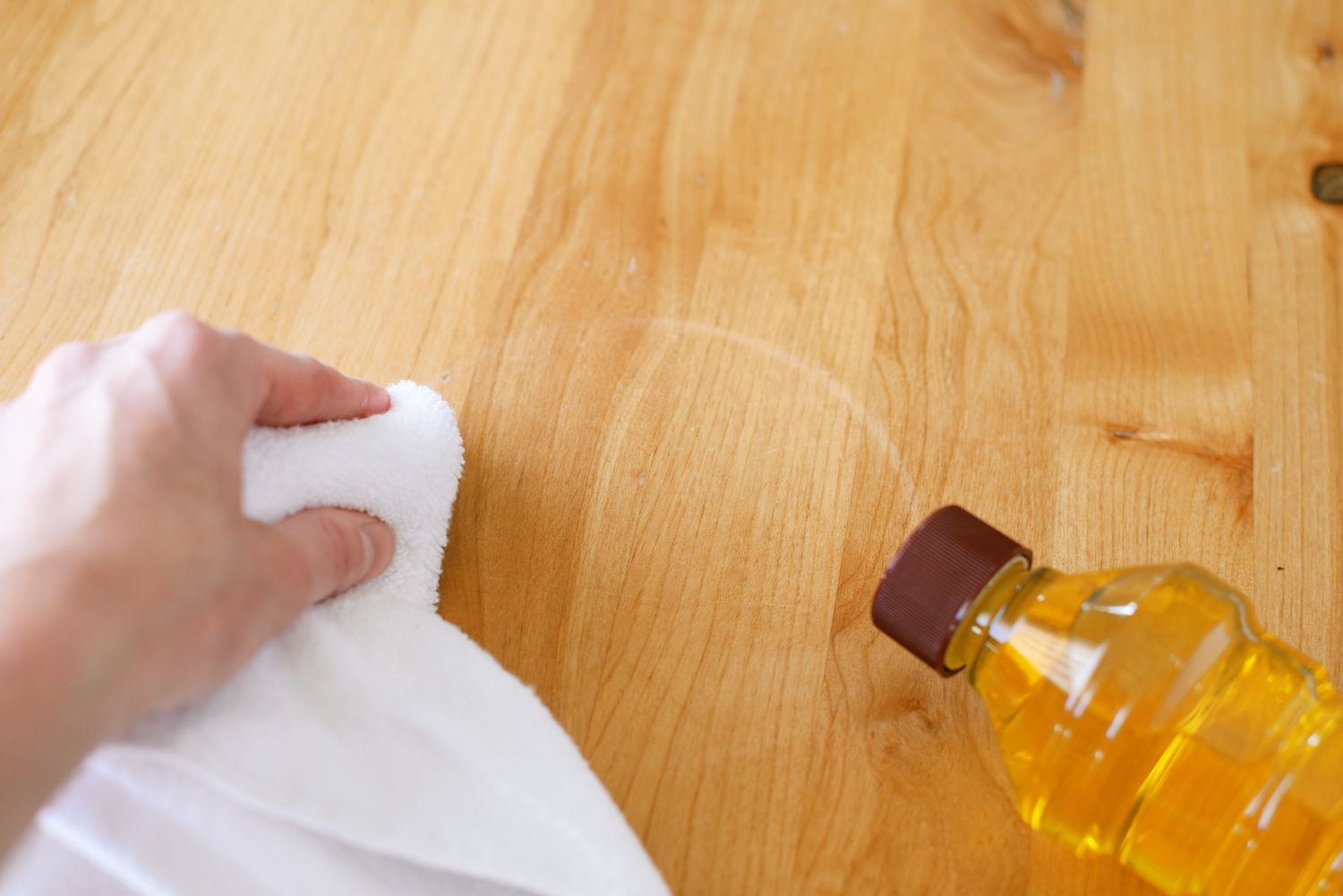
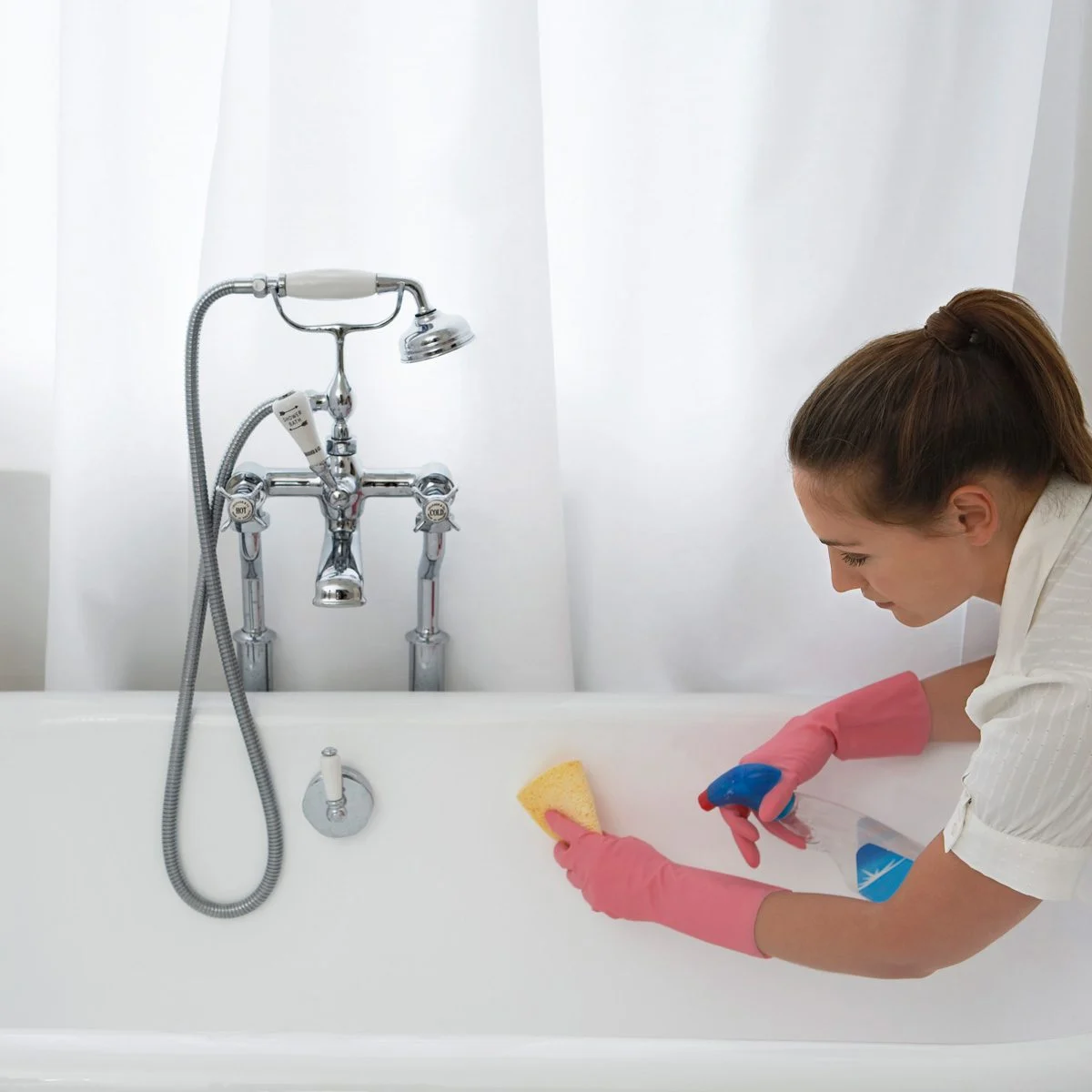
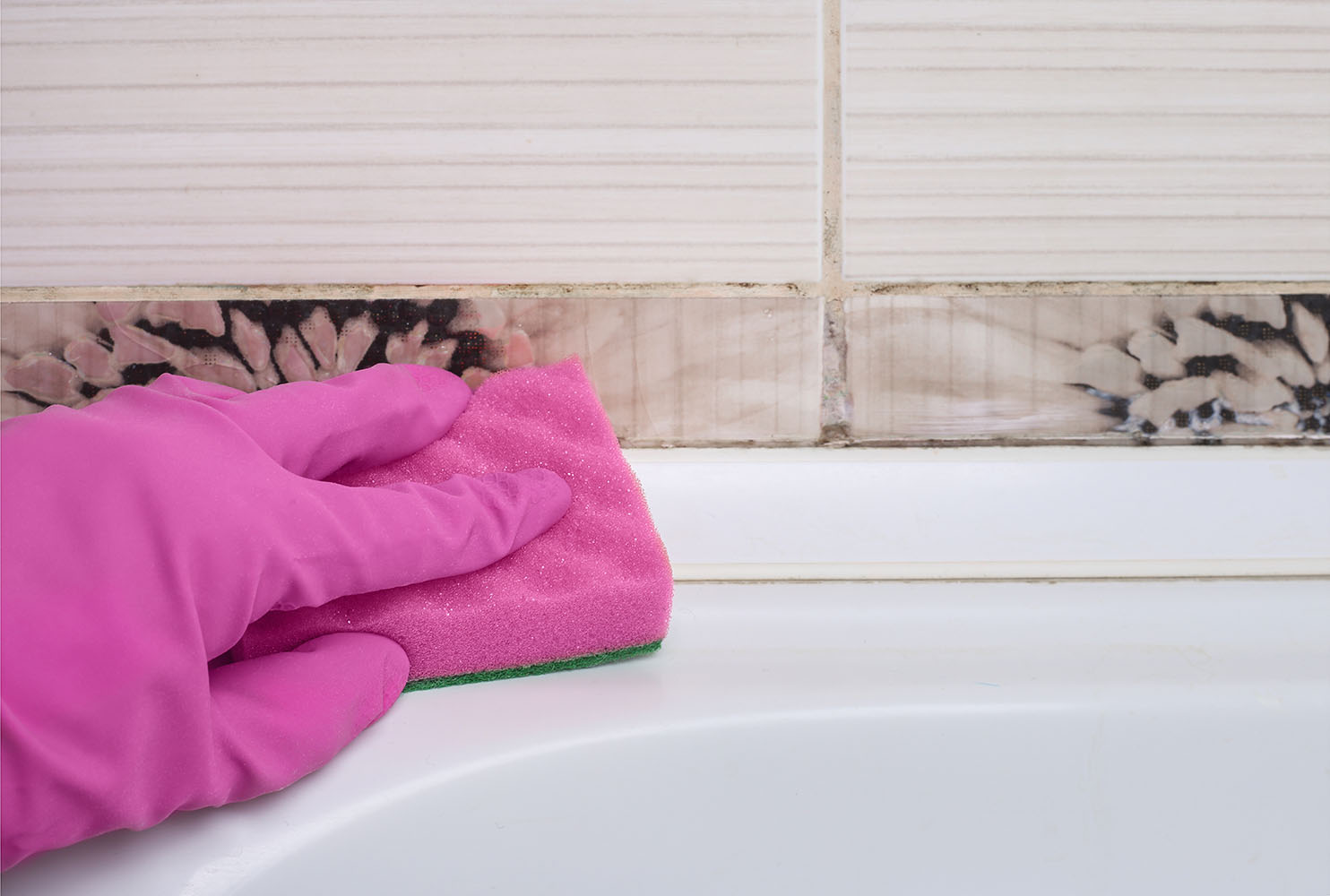
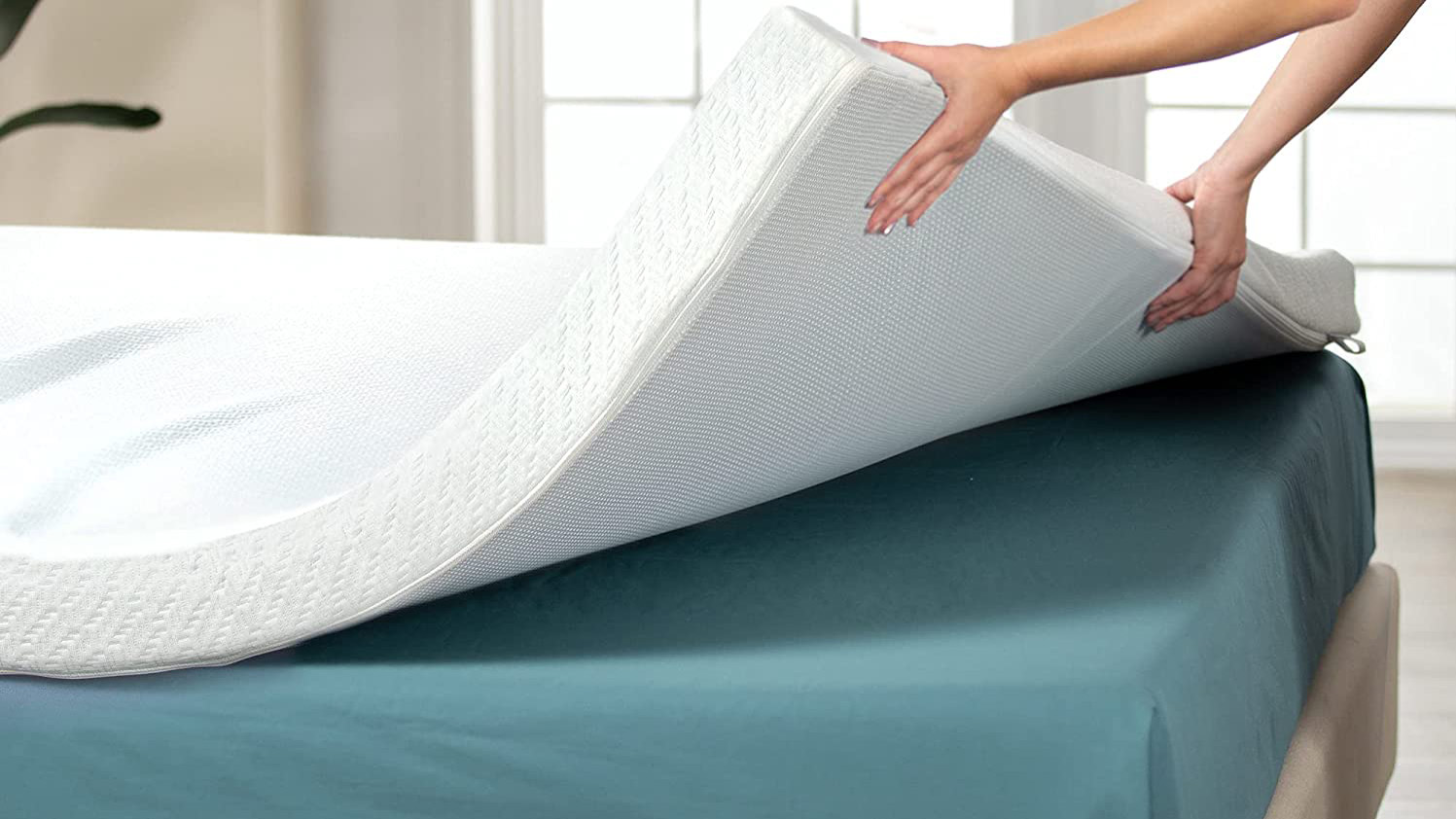

0 thoughts on “How To Get Water Stain Out Of Wood Floor”